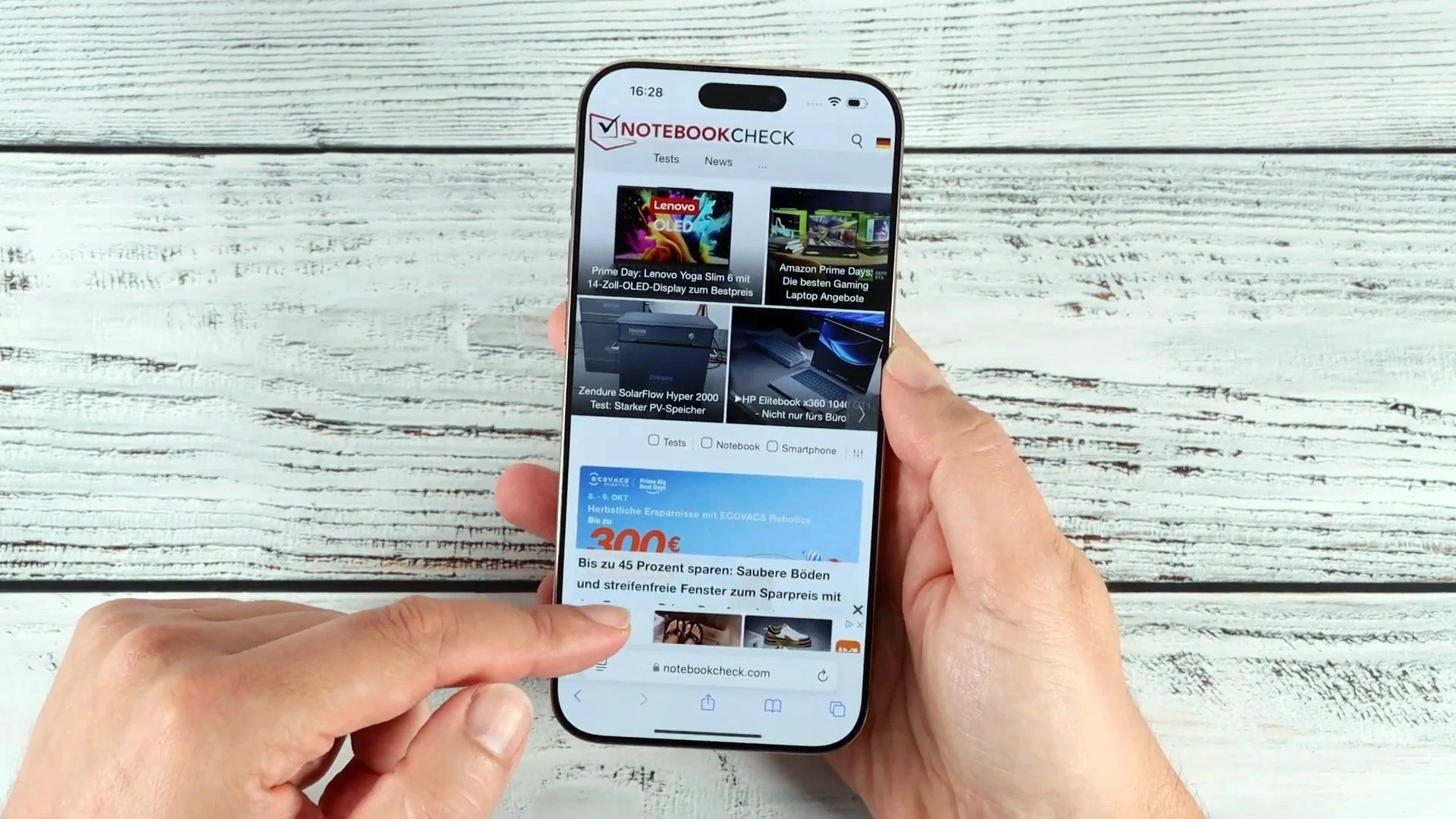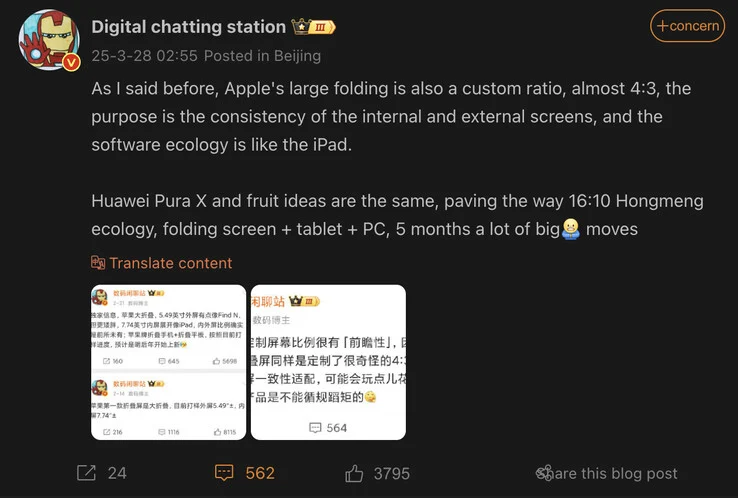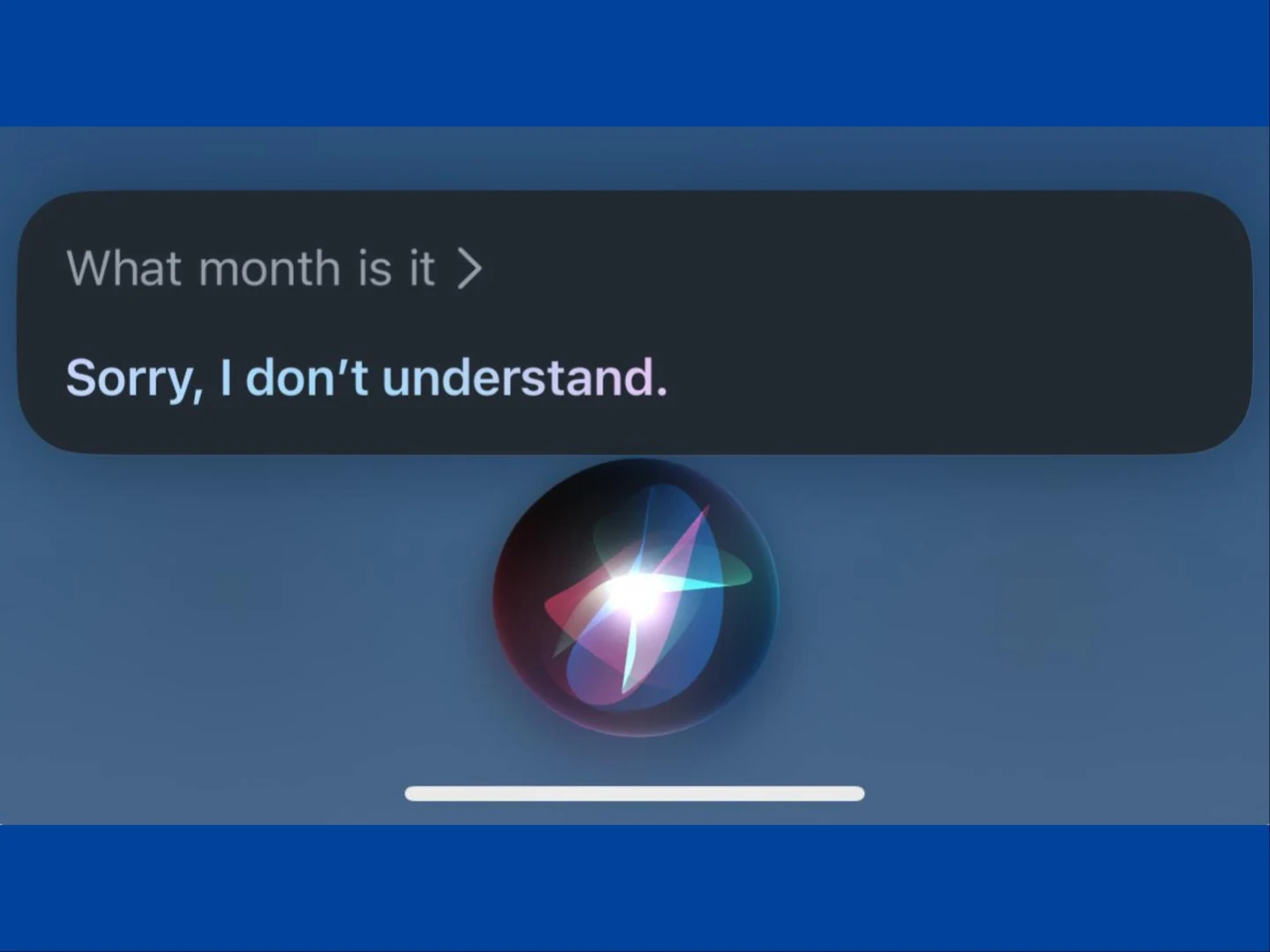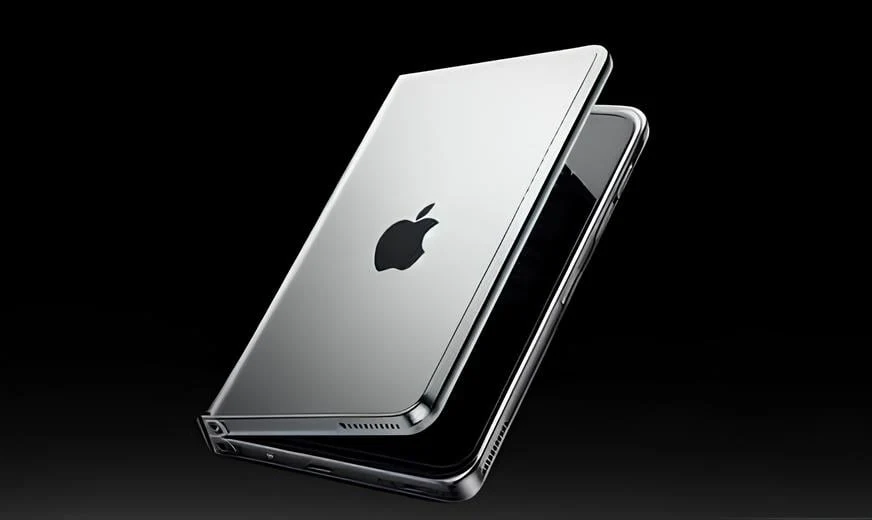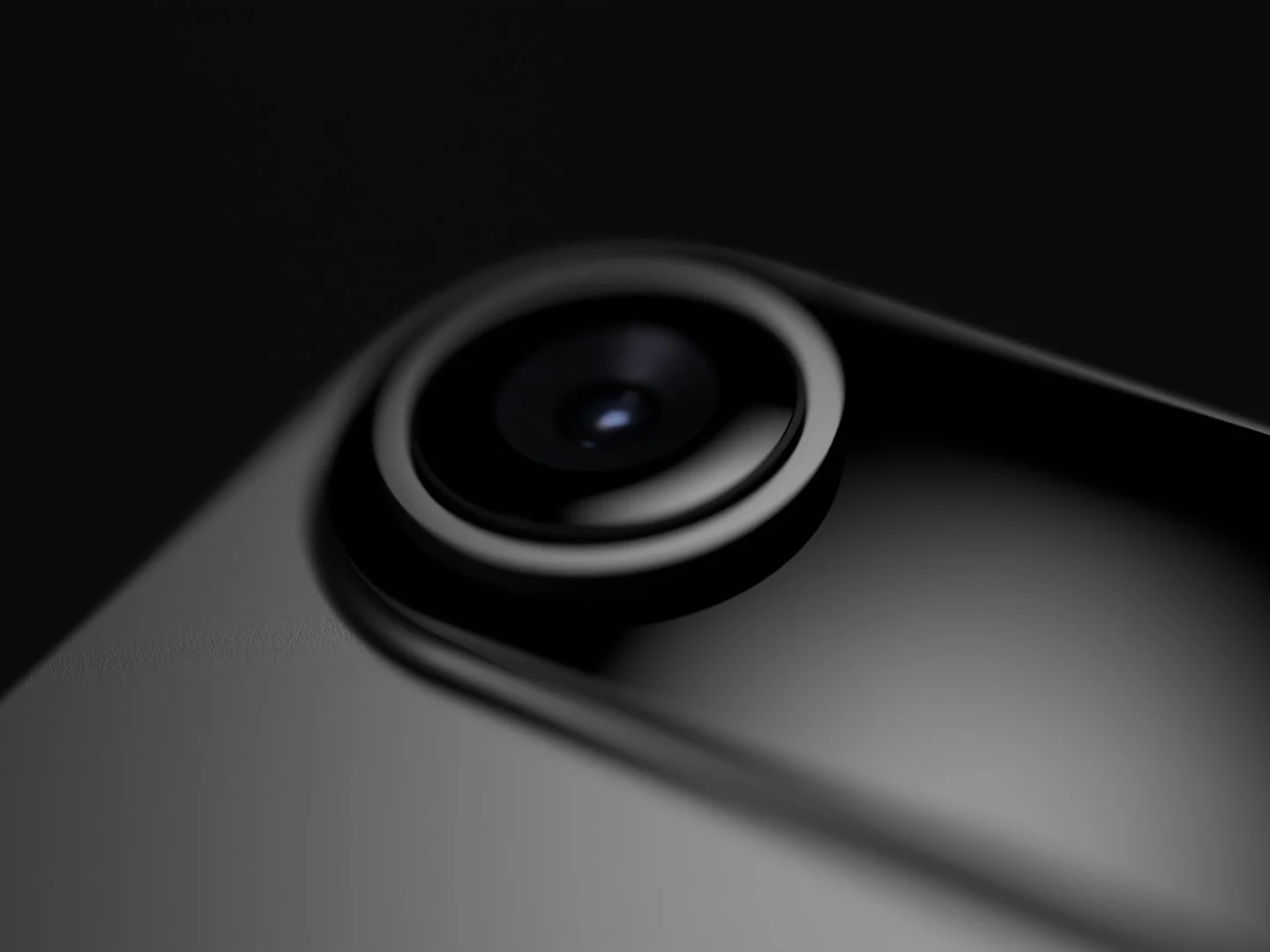Key Takeaways
1. Increase in Store Traffic: Apple Stores are experiencing a rise in customer visits due to concerns over potential price hikes from tariffs.
2. Lack of Corporate Guidance: Apple employees currently lack specific information to reassure customers until the earnings announcement on May 1.
3. Rerouting Production: Apple is shifting more iPhones manufactured in India to the US market to avoid high tariffs, aiming to produce around 25 million iPhones in India this year.
4. Potential Cost Increases: The iPhone 16 Pro’s production cost could rise significantly due to tariffs, possibly leading to higher retail prices.
5. Long-Term Production Shifts: Moving iPhone production to the US is a long-term process that may not result in reduced costs, as Apple adjusts its strategy to mitigate tariff impacts.
Apple iPhone customers are rushing into stores across the US, asking whether prices will go up following a 34% tariff imposed by the Trump administration on goods coming from China. There’s also a threat of this rate increasing to 50% if China decides to retaliate, which it has.
Increase in Store Traffic
Employees at Apple Stores are noticing a significant rise in customer visits, reminiscent of the hustle and bustle seen during the holiday shopping season. Many of these prospective iPhone buyers are concerned about potential price hikes. This surge in inquiries has also led to a boost in sales compared to previous years during the same timeframe.
Lack of Corporate Guidance
At the moment, Apple staff don’t have specific guidance on how to reassure anxious customers until the company announces its earnings on May 1. However, Apple is proactively taking steps to mitigate any adverse effects that might arise from the steep tariff increase.
Rerouting Production
The company has accumulated several months’ worth of device inventory in the US and is also shifting more iPhones manufactured in India to the US market. These devices incur much lower import tariffs, with Apple planning to produce around 25 million iPhones in India this year.
If a significant number of these iPhones are sent to the US rather than being sold locally, it could potentially meet roughly half of the American demand for these devices. The high tariff on products from China could increase the iPhone’s Bill of Materials (BOM)—the expense involved in assembling them—by approximately 55%.
Potential Cost Increases
For example, the iPhone 16 Pro, which currently has a BOM cost of $550 and is priced at about $917 on Amazon in a Grade A renewed condition, could end up costing Apple over $800 to produce and import due to the newly imposed tariffs.
To maintain its profit margins, Apple might need to raise the price of the iPhone 16 Pro to match that of a fully loaded 1TB iPhone 16 Pro Max, which may not be appealing to many consumers in the US.
Long-Term Production Shifts
Transitioning iPhone production to the US will take time and will not necessarily lower costs. Thus, it appears that Apple is making efforts to adjust its strategy and lessen the impact of tariffs on American consumers as best as it can.
Source:
Link

